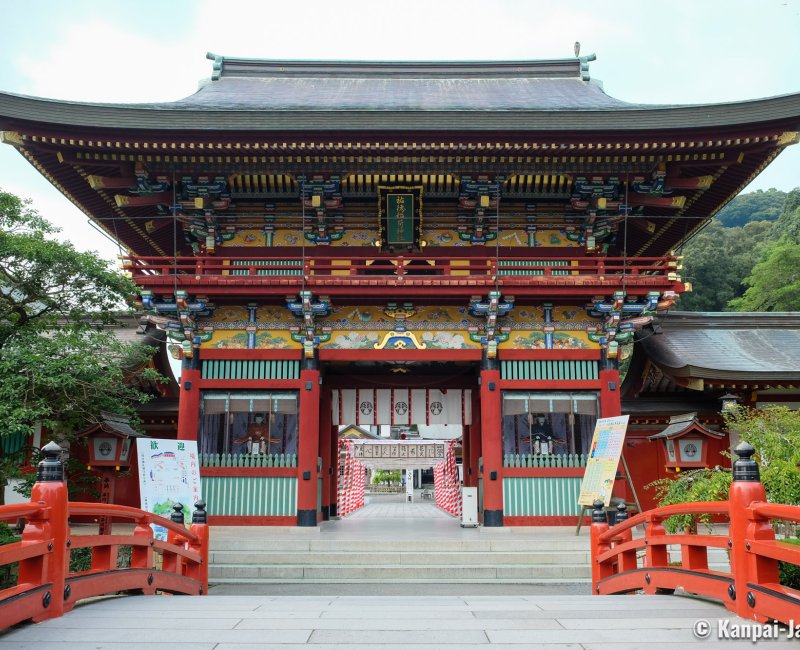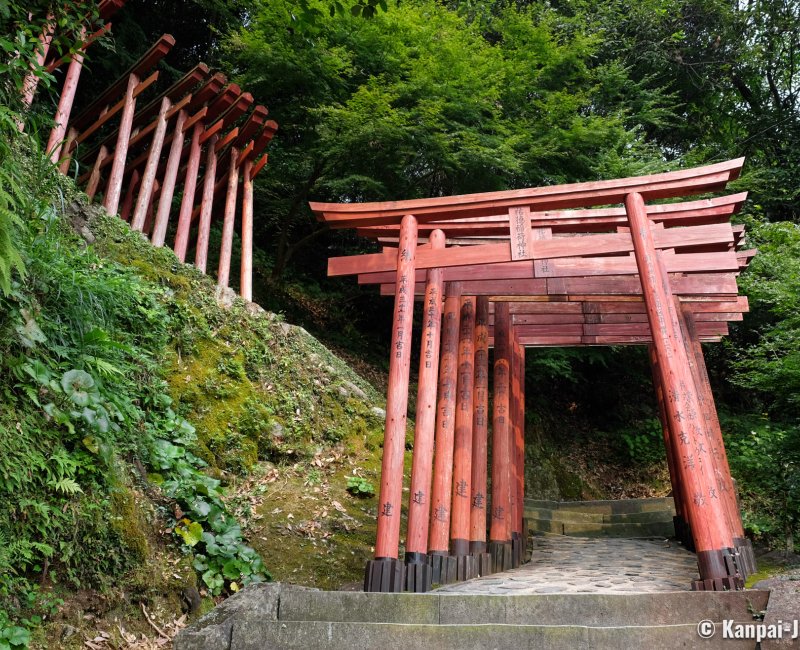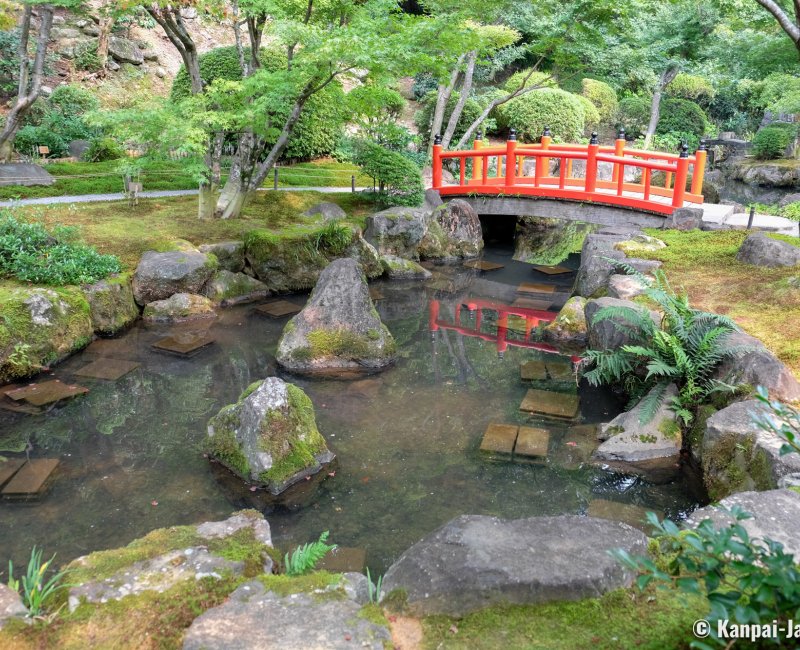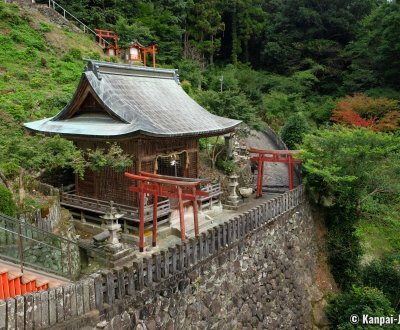Yutoku Inari-jinja
Saga’s Bright Vermilion Shrine
Yutoku Inari-jinja is a great shrine located in Kashima city, in the south of Saga prefecture on Kyushu Island. It is one of the 3 most important Shinto sites in Japan worshiping Inari the fox deity. Its paths go through several red torii gates' tunnels on the side of the mountain for a wonderful walk.
Saga prefecture is probably one of the lesser known in Japan, and doesn’t seem to be concerned with attracting tourists, either from Japan or from overseas. It is however in this region with a long history at the heart of Kyushu that is standing the beautiful Yutoku Inari-jinja, one of the 3 greatest Japanese shrines dedicated to the deity Inari.
It competes in size and importance with:
- Fushimi Inari Taisha, the main shrine in the south of Kyoto;
- The large Kasama Inari-jinja in Ibaraki; and,
- The syncretistic temple Toyokawa Inari located near Nagoya.
Yutoku shrine was founded in 1687 for the Nabeshima clan that was ruling over the Hizen area (that would later become Saga prefecture) at the time. The god Inari was enshrined after the wedding of a Nabeshima lord to princess Kazan-in Manko-hime, from Kyoto Imperial Palace.

A beautiful ascension punctuated by terraces
Yutoku Inari-jinja’s pavilions are lacquered in bright vermilion and display a very well preserved traditional architecture as they were all reconstructed in the 1950s. From the entrance, at the foot of the mountain, you can have a good look on the forest and the various terraces, where the pavilions are built, connected by torii ⛩️ gates tunnels. The wonderful view is the first step of an unforgettable climb marked by mysticism.
Those who have already visited a few of the must-see of Japan, discovering Yutoku shrine in Kashima is bound to revive memories of:
- Toshogu mausoleum in Nikko and the abundant and colorful decoration of its Yomeimon Gate, at the beginning of the path with the great Romon Gate;
- Kyoto’s Kiyomizu-dera temple, at the Gohonden Main Hall laid on a sturdy stilt structure; and lastly,
- Fushimi Inari Taisha’s gates, but without the crowds and with more authenticity, when ascending toward Yutoku’s most remote area, Okunoin.

The highest place of the Shinto enclosure offers a beautiful panoramic view on Kashima City, on the mouth of the Hama-gawa River and the Ariake Sea. Climbing to, and going down from the Okunoin, the stone stairways are rather steep: the walk is certainly more enjoyable when in good shape. The access to the main hall is however possible thanks to a paid glass walled elevator.
As a complement to the visit, 2 green spaces extend on each side of the main entrance:
- A typical Japanese garden with a pond; then,
- Higashiyama Park spreading on the side of the opposite mountain, home to 50,000 azaleas blooming in spring.

Yutoku Inari-jinja is a must-see of Saga prefecture. This spiritual jewel is usually quiet, except for the great yearly Shinto celebrations such as the New Year. It attracts each year a little bit more than 3 million visitors.


